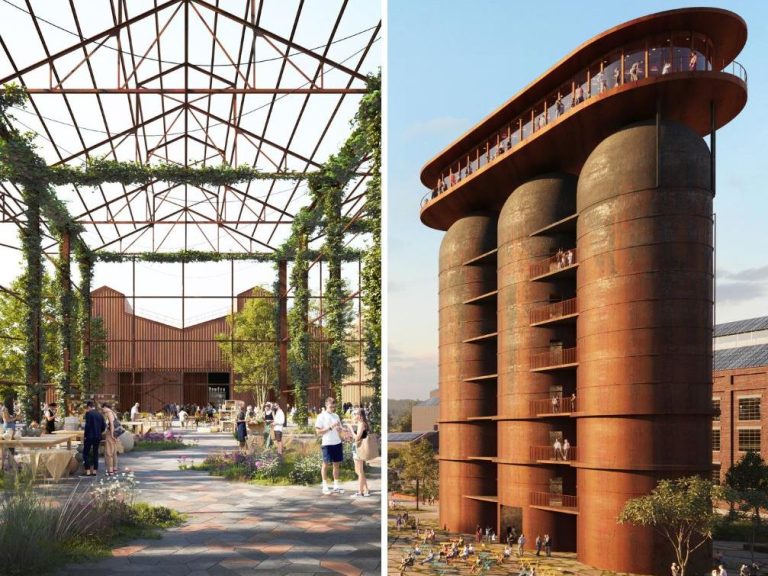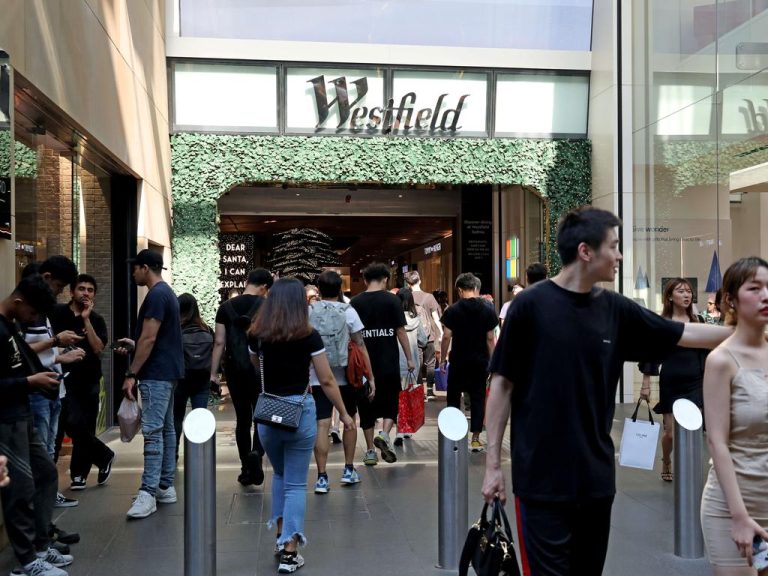Why investors favour industrial real estate so much
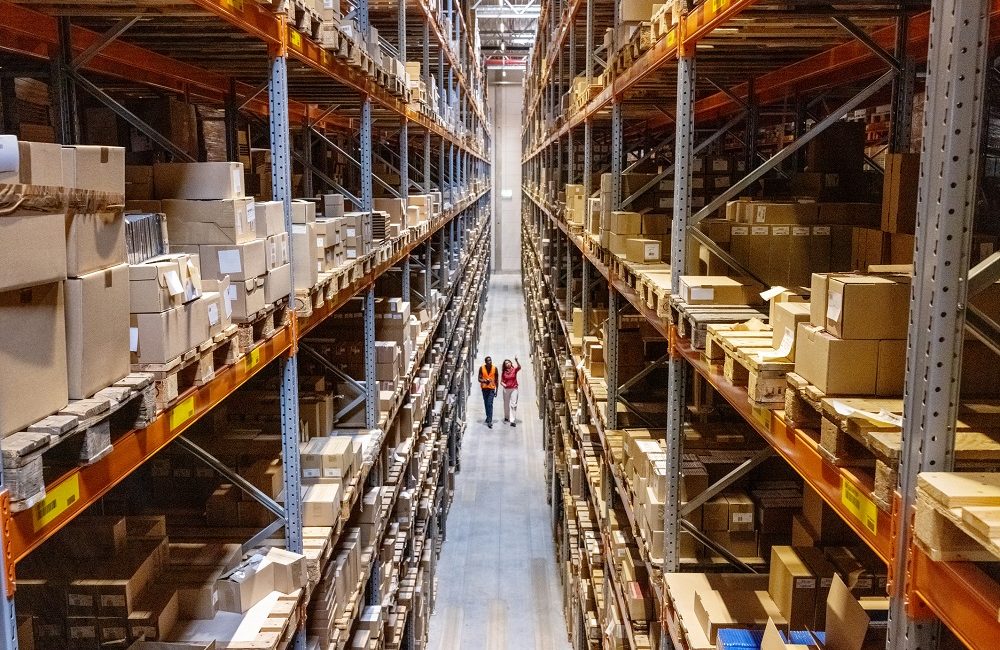
Industrial real estate continues to be the asset of choice for commercial property investors and lenders, both globally and in Australia.
According to Knight Frank, industrial assets were the most invested commercial real estate sector globally in 2024, attracting US$216 billion of investment.
It was a similar story in Australia, where US$15.9 billion was invested into industrial over 2024 – again, more than any other commercial sector.
Private investors are especially focused on industrial real estate. Knight Frank’s most recent global survey of 150 family offices found that, for those looking to invest in Australia, industrial was the top real estate sector.
Overall, private investors accounted for 58% of investment into Australia’s industrial sector in 2024, according to MSCI Real Capital Analytics, followed by offshore investors, at 27%.

Warehouses play an important role for e-commerce companies and their supply chains. Picture: Getty
The appeal of industrial assets is not just limited to investors, with lenders also showing a clear preference for the sector.
According to CBRE’s H1 2025 Lender Sentiment survey, conducted in April 2025, the industrial and logistics sector continues to dominate lender investment preferences, coming in ahead of residential build-to-sell.
For over 70% of the lenders surveyed, industrial was included in their top two asset classes for new investment.
When it comes to the key variables impacting a lender’s appetite to refinance, asset type came in at number one, cited by 47% of lenders, followed closely by location.
The dominance of industrial real estate is a relatively recent phenomenon. Prior to 2020, office was the asset of choice, consistently attracting the highest share of total commercial property investment in Australia.
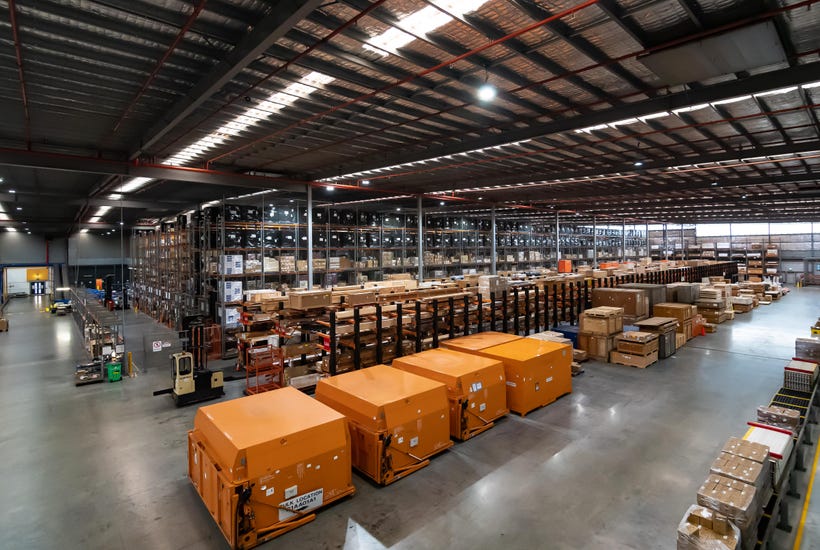
Industrial real estate continues to be the asset of choice for commercial property investors and lenders, both globally and in Australia. Picture: realcommercial.com.au/for-sale
That changed dramatically with the onset of the pandemic and the rise of remote working.
In contrast, the surge in e-commerce and demand for logistics space, coupled with ultra-low interest rates, fuelled an unprecedented boom in the industrial sector.
In 2021, industrial property recorded its strongest year on record, with just under AU$32 billion in sales.
Since then, demand has lessened, with more challenging economic conditions contributing to rising vacancies and lower rent growth. But while the performance of the sector has softened, context is important.
Rent growth has slowed, but from a rate of over 20% per annum seen in 2022 and 2023. And while rent growth is now lower, it remains elevated compared to pre-pandemic levels.
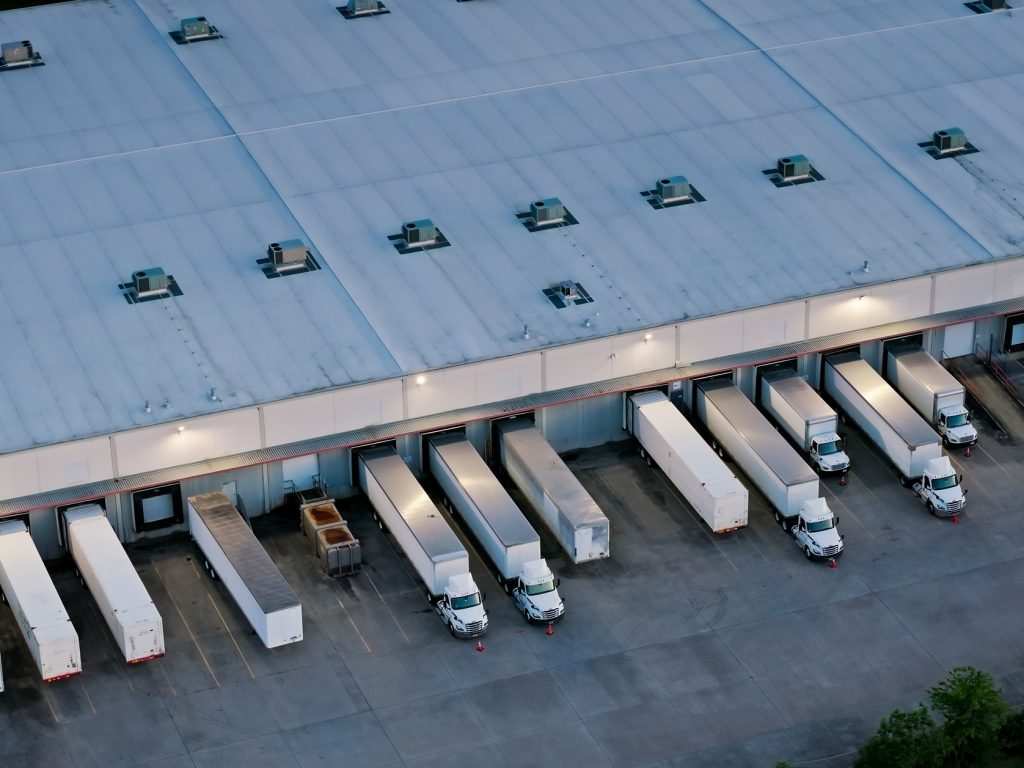
Warehouses were the most invested commercial real estate sector globally in 2024, attracting US$216 billion of investment. Picture: Getty
Similarly, vacancy rates have increased, but from record lows, sitting at just 2.5% nationally over the second half of 2024, according to CBRE.
And according to Knight Frank’s chief economist Ben Burston, there are signs economic conditions for the industrial sector are improving, with falling interest rates helping to support a recovery in values.
“With a more favourable macro climate following the first interest rate cut and the return to growth in asset values, investor demand for industrial assets is resurgent and we expect the sector to lead the Australian market recovery.”
While the boom conditions of 2021-23 are unlikely to be repeated, the industrial sector is on track to remain one of the best performing sectors over the coming years, underpinned by strong fundamentals including increased e-commerce penetration, population growth, and lower interest rate settings.

